Top 10 Superfoods Every Man Should Eat for the Best Body

During my experience as co-founder and Head of Nutrition at Alta Coaching, a Functional Nutritional Therapy Practitioner, NASM Certified Personal Trainer and Board Certified in Holistic Nutrition, I work with dozens of men on a daily basis and I encourage them to eat a variety of superfoods that are also very easy to find at any grocery store and prep. No fancy powders or expensive supplements can replace the power of whole foods from making a man feel his best. So which ones are the ones you should eat for your best body—a body that is field all day long? Read on for my list, ranked from #10 to #1.
The No. 10 Superfood for Men is Onions
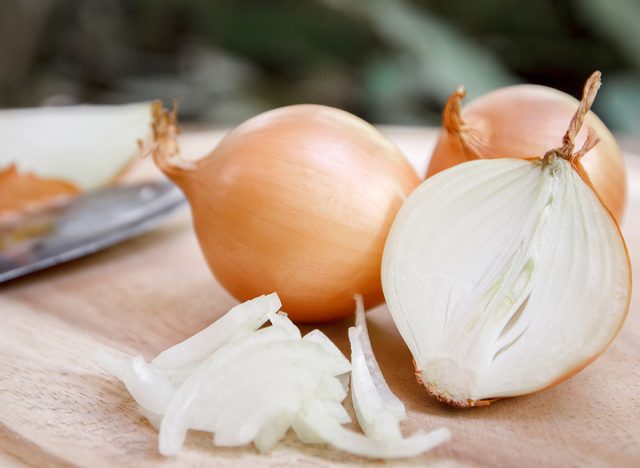
Onions are a rich source of quercetin, a plant compound with strong antioxidant properties that help reduce oxidative stress in the body. Reducing stress is key for a man to prevent chronic diseases like diabetes or cancer. Onions are also highly beneficial for men in the sexual health department by supporting a healthy libido, reproductive organs and reducing sexual dysfunction. Onions are easy to find, come in many varieties and are a great aromatic in cooking which makes them a great daily superfood for men.
Related: I Lost 88 Pounds With These 4 Simple Binge-Busting Tips That Worked
The No. 9 Superfood for Men is Blueberries
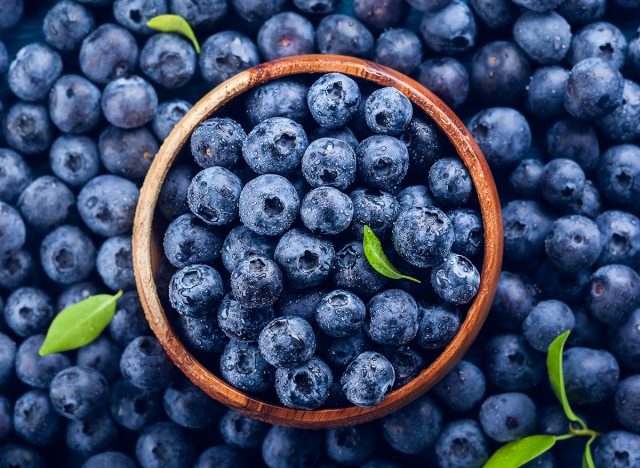
Blueberries are the most nutrient dense berries with one of the highest antioxidant levels of all fruits. These antioxidants neutralize the free radicals that damage DNA, cause inflammation and chronic disease which means they play an important role in longevity and overall health. Blueberries are also high in fiber, low in sugar and low in calories which make them a perfectly daily staple for most men to feel their best. I advise clients to have blueberries with yogurt, oatmeal, in smoothies, on salads or as snack alongside some nuts or seeds.
The No. 8 Superfood for Men is Grass-Fed Beef
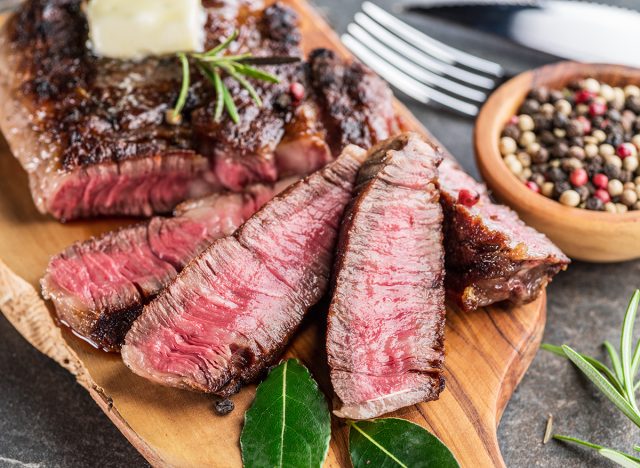
For any man to look and feel his best, he needs to be eating enough protein on a regular basis. Lack of sufficient protein is the number one commonality I see with all my male clients and when they do start eating adequate amounts, coming from high quality sources, they see their body transform, their blood sugar regulate and their cravings are greatly reduced. Grass-fed beef is a top protein source and nutrient powerhouse compared to conventionally raised beef. Grass-fed beef is also rich in omega-3 fatty acids, CLA, vitamin E, which makes it a top superfood for men to eat.
The No. 7 Superfood for Men is Eggs
Eggs (especially the yolks!) are nicknamed "nature's multivitamin" for a reason and Rocky was on to something by chugging raw eggs daily. They are a rich source of several essential nutrients for men such as choline, vitamin B12, vitamin D, iron and protein. Eggs are a rich source of cholesterol which is necessary for the production of testosterone. Without cholesterol, the body does not have the resources to make sex hormones and that can wreak havoc on a man's body. The protein and cholesterol in eggs also support healthy lean muscle tissue growth which is important for maintaining a lean, strong and energized body. I have a fool-proof hard boiled egg recipe here that I make on a weekly basis so I always have a quick superfood dose of eggs daily.
Related: Top 10 Superfoods Every Woman Should Eat for the Best Body
The No. 6 Superfood for Men is Avocados
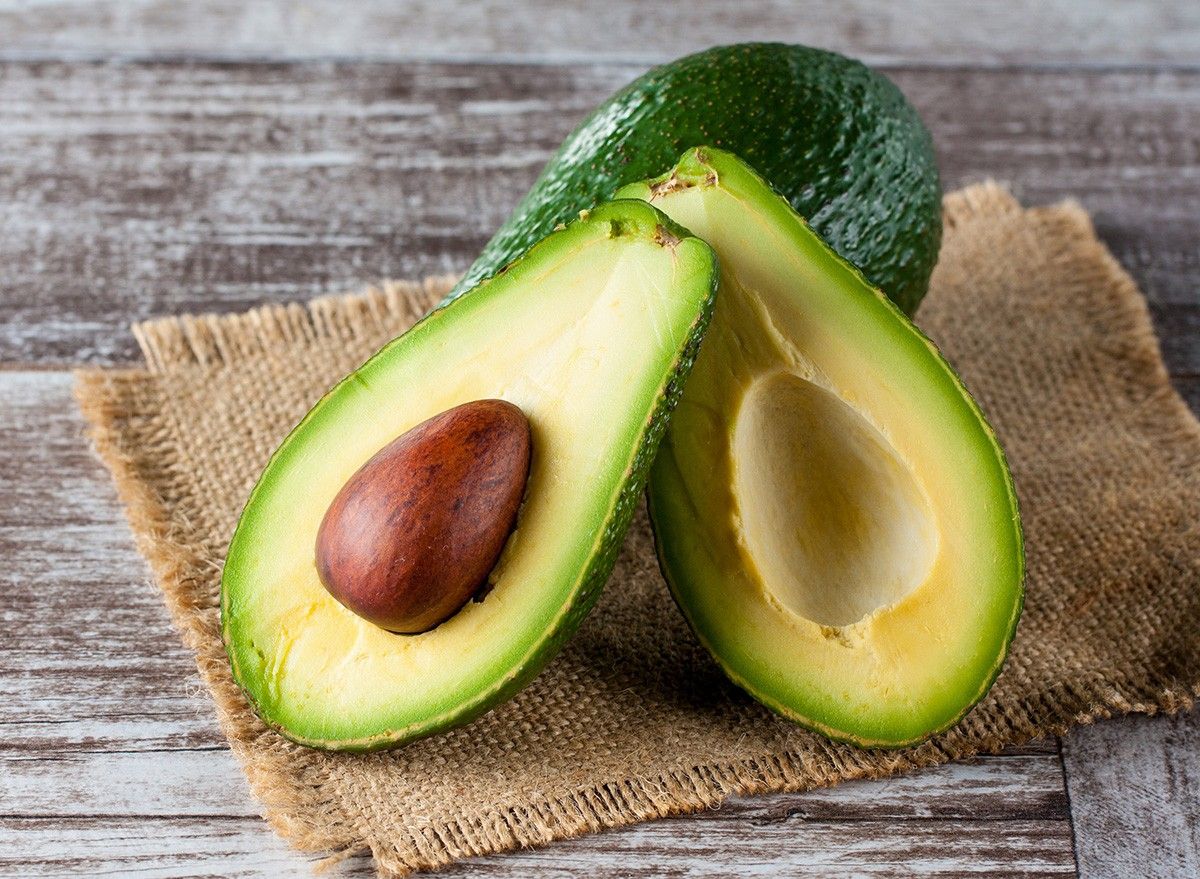
Packed with fats (the good kind!), fiber and phytonutrients, avocados are one of the best foods to eat daily for optimal health with benefits such as lowering blood pressure, regulating digestion and lowering inflammation throughout the body. The fats in avocados are important for hormone production, especially testosterone. Testosterone plummets as men age and increases with poor lifestyle habits and stress. Eating an avocado per day will help a man's body have the raw materials to make the testosterone they need for healthy energy levels, libido and mental health.
The No. 5 Superfood for Men is Beets
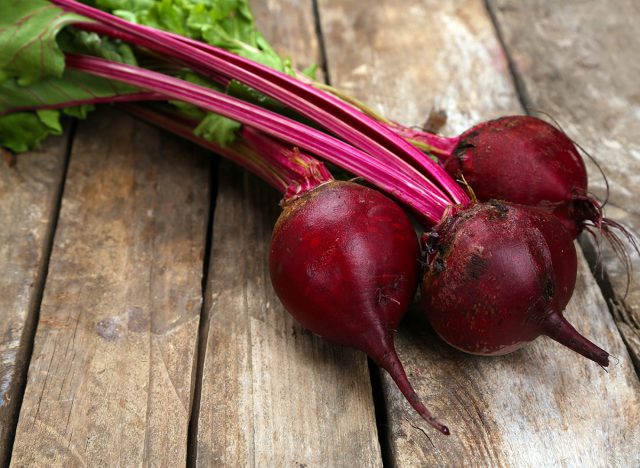
The fifth superfood for men is beets. Beets are naturally high in nitrates which the body converts to nitric oxide. Nitric oxide improves blood flow which can directly improve performance by reducing fatigue and increasing blood flow to repair tissue. Being able to exercise regularly is an important part for men to build and maintain healthy muscle tissue that in turn keeps them leaner and metabolically health as they age. I recommend adding steamed frozen beets to smoothies or adding pickled beets to salad or side dish to make beets part of a woman's daily routine.
The No. 4 Superfood for Men is Bone Broth
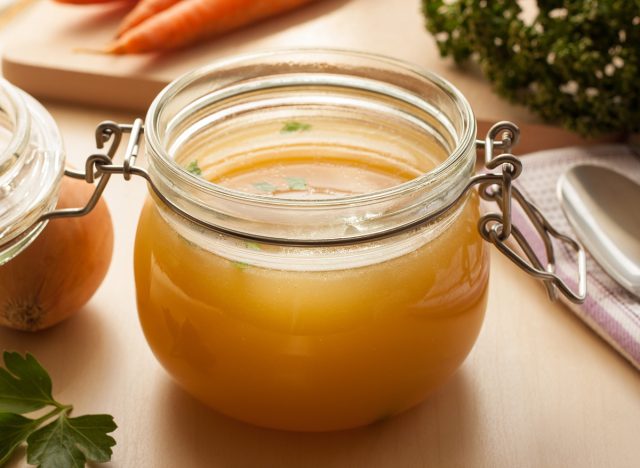
The fourth superfood for men is bone broth which packs a strong nutritional punch in one comforting cup. High in protein and minerals that support the immune system, bone broth is also rich in collagen and glucosamine which supports joint health and reduces pain. WHen a man's body is healthy and feeling good, their ability to exercise and lift weights to build muscle increases which is important for a man to feel his best. I recommend bone broth daily as a protein packed snack that also supports the immune system in times when colds and flus run rampant.
The No. 3 Superfood for Men is Tomatoes
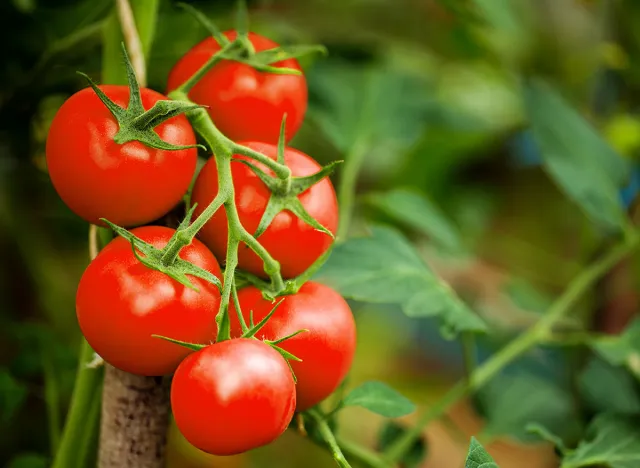
A study conducted by Harvard University indicated that men who included at least 10 tomato products in their weekly diet reduced risk of prostate cancer by as much as 34%. This is due to the antioxidant lycopene that is very prominent in tomatoes. Tomatoes are also rich in potassium that helps lower blood pressure and promote heart health, an area very important for a man to feel his best long term.
Related: I'm a Dietitian and Here's What Happens to Your Body When You Give Up Sugar
The No. 2 Superfood for Men is Pumpkin Seeds
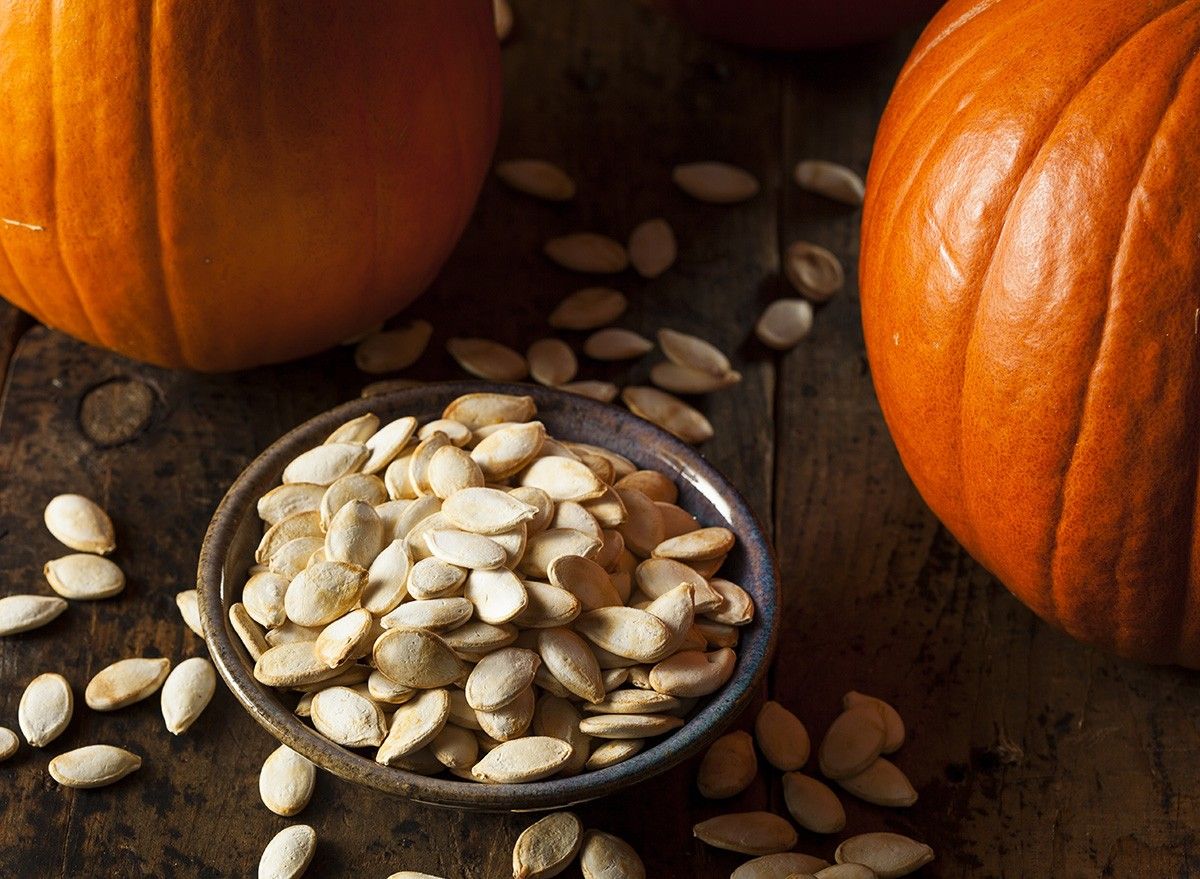
These seeds are a dense source of zinc, a crucial nutrient for male reproductive health, sperm production and fertility. These seeds also have antioxidants that support prostate health which make them a great daily choice for men trying to prevent prostate related issues. Pumpkin seeds are very easy to have on a daily basis as a crunchy snack on their own or topping for yogurt. Not all pumpkin seeds are created equal, look for sprouted seeds like these ones over roasted or flavored varieties that can compromise nutrients for taste.
The No. 1 Superfood for Men is Wild-Caught Salmon
The first superfood I recommend for men is wild-caught salmon. Research shows that the high levels of omega-3 fatty acids and vitamin D in salmon help reduce inflammation which reduces the risk of many chronic conditions like heart disease that plague many men. Salmon also reduces overall body pain and speeds recovery from workouts which is important for men to build and maintain healthy muscle mass. Salmon is easy to cook, versatile and delicious as well as providing a good source of protein which is crucial for a man to feel their best. Check out my go-to 20 minute sheet pan salmon dinner that features 2 other superfoods, asparagus and potatoes! If you enjoyed this article, don't miss out on my previous one titled The #1 Carb You Could Eat For Your Body.
Kat Best, NASM-CPT, NTP, BCHN is a co-founder and Head of Nutrition for Alta Coaching, Functional Nutritional Therapy Practitioner, NASM Certified Personal Trainer and Board Certified in Holistic Nutrition.




